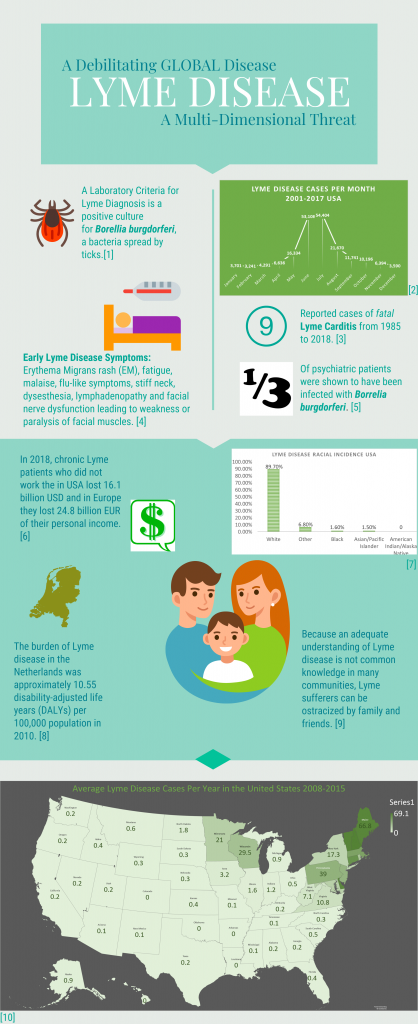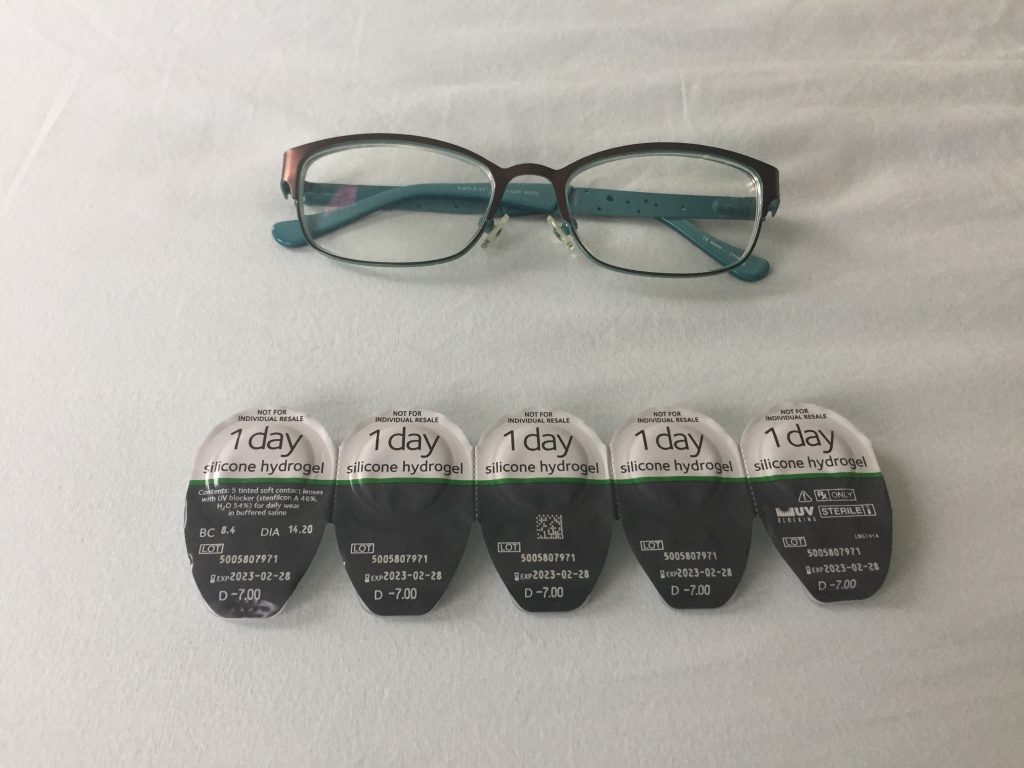Avramova, Nina. (June 6, 2019) One million STDs diagnosed every day, World Health Organization says. CNN. Available at https://www.cnn.com/2019/06/06/health/global-sti-cases-who-data-intl/index.html (Accessed June 9, 2019).
This article describes
the time trend of the sexually transmitted infections (STIs), also known as STDs,
of chlamydia, gonorrhea,
trichomoniasis and syphilis. More than a million of these STIs are
contracted per day and 376 million a year. There
are several determinants contributing to this epidemic. Dr. Melanie Taylor says
that these trends show that “people are taking risks with their health” and
that in worldwide figures these STIs show “no substantial decline,” since 2012.
Treating these STIs is difficult. There are shortages of enzathine penicillin to
treat syphilis and there is antimicrobial resistance to gonorrhea treatments. Because
many of the STIs show no symptoms, people do not realize they are infected and
need to be treated. Also, STIs are as Dr. Taylor says, “associated with shame
and stigma” adding to this “hidden” epidemic. Public health strategies could try
to find alternative treatments for these infections as well as encourage people
to take less risks with their health. Public health strategies could also test
for STIs more often as they do not present symptoms and try to stop the shame
and stigma associated with these infections so that it will no longer be a “hidden”
epidemic. I would want to know more about how this information varies by region
and the different ways it is being handled in different places. That way it
would be easier to identify which strategies are working for containing this
problem and can be implemented successfully worldwide. I
agree with the conclusions presented by the author from the data. It is
specific in saying that this information is about 4 specific STIs and not all
STIs. I trust this source. The information is straightforward and backed up by
data from the World Health Organization (WHO) as well as other credible
sources.




Recent Comments